

Articles
How To Store Carrots Over Winter
Modified: February 27, 2024
Learn how to store carrots over winter with our helpful articles. Find tips and tricks to keep your carrots fresh and tasty throughout the colder months.
(Many of the links in this article redirect to a specific reviewed product. Your purchase of these products through affiliate links helps to generate commission for Storables.com, at no extra cost. Learn more)
Introduction
Carrots are a versatile and nutritious vegetable that can be enjoyed in a variety of dishes. Whether you grow your own carrots or purchase them from a local farmer or grocery store, it’s important to know how to properly store them, especially if you want to enjoy their freshness and flavor throughout the winter months. Proper storage not only helps to retain the nutritional value of carrots but also prevents spoilage and extends their shelf life.
When it comes to storing carrots over winter, there are a few key factors to consider. First, you need to choose the right carrots for storage. Not all carrot varieties are suitable for long-term storage, so selecting the right ones from the start is crucial. Next, you need to harvest and clean the carrots properly to ensure they are in optimal condition for storage. Lastly, you will need to choose a storage method that suits your needs and available resources, whether it is a root cellar, refrigerator, or freezer.
This article will guide you through the process of storing carrots over winter, providing valuable tips and techniques to help you enjoy the benefits of fresh carrots even when the temperatures drop. From choosing the right carrots to preparing them for storage, we will cover everything you need to know to keep your carrots fresh and delicious throughout the winter season.
Key Takeaways:
- Choose the right carrots for winter storage by selecting medium to large-sized, well-rounded varieties known for their storage capabilities. Curing freshly harvested carrots before storage increases their chances of successful preservation.
- Whether in a root cellar, refrigerator, or freezer, proper handling, cleaning, and monitoring are key to preserving the freshness and flavor of carrots over winter. Experiment with different varieties for extended storage options.
Read more: How To Store Geraniums Over Winter
Choosing the Right Carrots for Winter Storage
Not all carrot varieties are suitable for long-term storage. Some carrot varieties are best enjoyed fresh and do not have the necessary characteristics to withstand storage conditions. When choosing carrots for winter storage, look for varieties that are known for their storage capabilities. These varieties are usually labeled as “storage carrots” or “winter carrots” and are specifically bred for their ability to stay fresh for extended periods.
Here are a few key characteristics to consider when selecting carrots for winter storage:
- Size: Choose medium to large-sized carrots for storage. Smaller carrots tend to dry out faster and may not retain their flavor and texture as well.
- Shape: Look for carrots that have a well-rounded shape and a smooth, firm texture. Avoid carrots with cracks or blemishes, as these are more prone to spoilage.
- Storage varieties: Opt for carrot varieties that are known for their storage capabilities, such as Nantes, Chantenay, or Danvers. These varieties have a denser texture and are less likely to become mushy during storage.
It’s also worth noting that freshly harvested carrots have a higher water content, which makes them more susceptible to rotting and spoilage. To increase the chances of successful winter storage, it’s recommended to allow the harvested carrots to “cure” for a couple of weeks before putting them into long-term storage. Curing involves placing the carrots in a cool, well-ventilated area with low humidity to allow excess moisture to evaporate. After the curing period, you can proceed with cleaning and preparing the carrots for storage.
By choosing the right carrots for winter storage, you are setting yourself up for success in preserving their freshness and taste throughout the winter months. These carefully selected storage carrots will withstand the storage conditions better and maintain their quality for a longer duration.
Harvesting Carrots for Winter Storage
Knowing when and how to harvest your carrots is crucial to ensure their longevity in storage. The timing of the harvest depends on the maturity of the carrots and the weather conditions in your area.
Carrots are typically ready for harvest when they reach their full size and have developed a vibrant color. Use your judgment and refer to the seed packet or variety information to determine the approximate harvest time. In general, carrots are ready to be harvested about 70-80 days after sowing.
Here are some guidelines for harvesting carrots for winter storage:
- Dig gently: Use a garden fork or a shovel to gently loosen the soil around the carrots. Be careful not to damage the carrot roots or break them off from the crown.
- Loosen the soil: Once the soil is loosened, gently lift the carrots out of the ground by holding onto the foliage near the crown. Avoid pulling the carrots forcefully, as this can cause them to break.
- Trim the foliage: After harvesting the carrots, remove the foliage by cutting it about an inch above the crown. Leave a small stub of the foliage intact to help retain moisture during storage.
- Inspect for damage: Discard any carrots that show signs of disease, pest damage, or bruising. Damaged carrots are more likely to rot in storage and can affect the quality of neighboring carrots.
- Handle with care: Avoid rough handling of the carrots to prevent bruising and damage. Place harvested carrots gently into a clean, sturdy container or basket.
It is important to handle the harvested carrots with care to prevent post-harvest damage, as any injuries or bruises can lead to faster spoilage during storage. Once the carrots are harvested, it is time to clean and prepare them for storage.
By following these guidelines and harvesting your carrots at the optimal time, you can ensure that they are in the best possible condition for long-term storage. The next step is to clean the carrots thoroughly to remove any dirt or debris before storing them.
Cleaning and Preparing Carrots for Storage
Before storing your carrots for the winter, it’s essential to clean them properly to remove any dirt, debris, or residual pesticides. Cleaning not only helps to maintain the quality of the carrots but also prevents the growth of mold or bacteria during storage.
Here are the steps to properly clean and prepare your carrots for storage:
- Trim the tops: Start by trimming off any remaining foliage, leaving about an inch of the stem to help retain moisture. Removing the green tops prevents them from drawing moisture away from the carrots, ensuring their freshness.
- Gently brush off dirt: Use a clean, soft-bristled brush or a cloth to gently remove dirt and debris from the carrots. Be gentle to avoid damaging the skin or removing too much of the protective layer.
- Rinse with water: Rinse the carrots under cool, running water to remove any remaining dirt. Use your hands to rub the carrots gently to ensure all the dirt is removed.
- Avoid soaking: It’s important not to soak the carrots, as excessive moisture can lead to rotting. Washing them briefly under running water is sufficient.
- Dry thoroughly: After rinsing, pat the carrots dry with a clean towel or paper towel. Make sure to remove any excess moisture to prevent the growth of mold or bacteria.
Once the carrots are clean and dry, it’s time to prepare them for storage. One common method is to store carrots in a root cellar, which provides ideal conditions for long-term storage.
If you don’t have access to a root cellar, storing carrots in the refrigerator or the freezer is another option. However, keep in mind that each storage method has its own considerations and limitations.
Properly cleaning and preparing your carrots not only helps to maintain their freshness but also ensures that they will be free from any contaminants when it’s time to enjoy them. By following these steps, you are setting yourself up for successful carrot storage and can look forward to enjoying fresh, flavorful carrots throughout the winter season.
Storing Carrots in a Root Cellar
A root cellar is an ideal storage location for carrots during the winter months. Root cellars provide cool, dark, and humid conditions that help to preserve the freshness and flavor of the carrots. If you have access to a root cellar or a cool basement, here’s how you can store your carrots:
- Prepare the storage area: Clean the root cellar or basement and remove any debris or spoiled produce. Ensure that the area is well-ventilated and free from pests.
- Create layers: Layer the carrots in boxes, crates, or bins, separating each layer with a layer of slightly damp sand, sawdust, or peat moss. The layering helps to keep the humidity levels consistent and prevents the carrots from drying out.
- Arrange the carrots: Place the carrots in a single layer, ensuring that they do not touch each other. Avoid overcrowding, as it can lead to increased moisture and potential rotting.
- Monitor the conditions: Regularly check the temperature and humidity levels in the root cellar or basement. The ideal storage conditions for carrots are around 32-40°F (0-4°C) with a humidity level of 90-95%. Adjust the humidity levels by adding or removing damp material as needed.
- Inspect regularly: Periodically inspect the stored carrots for any signs of rot or spoilage. Remove any damaged or decaying carrots to prevent the spread of mold or bacteria to the rest of the batch.
Storing carrots in a root cellar can extend their shelf life for several months, allowing you to enjoy fresh and vitamin-rich produce throughout the winter. However, it is important to note that the storage duration may vary depending on the condition and variety of the carrots. Regularly check the stored carrots and consume them before they show signs of deterioration.
If you don’t have access to a root cellar or basement, there are alternative storage methods for carrots, such as storing them in the refrigerator or freezer. These methods have their own considerations and limitations, which we will explore in the next sections.
By utilizing a root cellar, you can create the optimal storage conditions for your carrots, ensuring their freshness and quality throughout the winter season. So make the most of this natural storage space and enjoy the taste of homegrown carrots even when the ground is covered in snow.
Store carrots over winter by harvesting them after the first frost, removing the tops, and placing them in a container filled with damp sand or peat moss. Keep the container in a cool, dark place like a root cellar or refrigerator to prevent them from drying out.
Read more: How To Store Cannas Over Winter
Storing Carrots in the Refrigerator
If you don’t have access to a root cellar or if you have a smaller quantity of carrots to store, storing them in the refrigerator is an effective option to extend their freshness and shelf life. Here’s how you can store carrots in the refrigerator:
- Remove the tops: Start by removing the green tops of the carrots, as they draw moisture away from the roots. Leaving a small stub of the foliage intact can help retain moisture.
- Wrap in a moisture-absorbent material: Individually wrap the carrots in slightly damp paper towels or place them in a perforated plastic bag. The moisture-absorbent material helps to maintain the humidity around the carrots and prevents them from drying out.
- Store in the vegetable crisper: Place the wrapped carrots in the vegetable crisper drawer of your refrigerator. The crisper drawer offers a cooler and more humid environment, which is ideal for preserving the freshness of the carrots.
- Ensure good air circulation: Avoid overcrowding the carrots in the crisper drawer. Leave some space between the carrots to allow for proper air circulation, which helps to prevent the buildup of excess moisture.
- Check and remove damaged carrots: Regularly check the stored carrots for any signs of decay or mold. Remove any damaged or spoiled carrots to prevent the spread of spoilage to the rest of the batch.
When stored in the refrigerator, carrots can typically stay fresh for up to several weeks. However, it’s important to note that the longer carrots are stored, the more they may lose their crunch and flavor. Therefore, it’s best to consume them within a reasonable timeframe to enjoy their optimal taste and texture.
Remember to check the carrots periodically and remove any that show signs of deterioration. If you notice the carrots are becoming limp or developing mold, it’s best to use them as soon as possible or discard them.
Storing carrots in the refrigerator is a convenient and effective method for preserving their freshness, especially when you have a smaller amount to store. With proper handling and storage, you can enjoy crisp and flavorful carrots even after several weeks in the refrigerator.
Storing Carrots in the Freezer
Another option for storing carrots long-term is to freeze them. Freezing helps to preserve the freshness and nutritional value of the carrots, allowing you to enjoy them in various dishes even during the winter months. Here’s how you can store carrots in the freezer:
- Preparation: Start by washing, peeling, and cutting the carrots into the desired size and shape. You can slice them, dice them, or even leave them whole, depending on your preference.
- Blanching: Blanching is an essential step to maintain the quality and color of the carrots during freezing. Bring a pot of water to a boil and blanch the prepared carrots for about 2-3 minutes. Immediately transfer the blanched carrots into a bowl of ice water to halt the cooking process.
- Drain and dry: Drain the blanched carrots and pat them dry with a clean towel or paper towel. Ensuring they are dry before freezing helps to prevent ice crystallization and freezer burn.
- Freezing: Arrange the dried carrots in a single layer on a baking sheet or a tray lined with parchment paper. Place the tray in the freezer and allow the carrots to freeze for a couple of hours until they are firm.
- Packaging: Transfer the partially frozen carrots into airtight freezer bags or containers. Squeeze out any excess air from the bags before sealing to minimize the risk of freezer burn.
- Label and date: It’s important to label the freezer bags or containers with the contents and the date of freezing. This helps you keep track of the storage duration and ensures you use the oldest carrots first.
- Store in the freezer: Place the sealed bags or containers in the freezer and store them at a constant temperature of 0°F (-18°C) or below. Freezing carrots properly can help maintain their quality for up to 12 months.
When you’re ready to use the frozen carrots, simply remove the desired amount from the freezer and thaw them before cooking. You can thaw them in the refrigerator overnight or blanch them briefly in boiling water if you need them to be thawed quickly.
Do keep in mind that the texture of the thawed carrots may become softer compared to fresh ones, so they are best suited for soups, stews, casseroles, or other cooked dishes rather than eating them raw.
Freezing carrots can be a convenient way to preserve their freshness and versatility. With proper blanching and packaging, you can have a stash of frozen carrots ready to use in your favorite recipes throughout the year.
Tips for Extending Carrot Storage Lifespan
To maximize the storage lifespan of your carrots and ensure they stay fresh as long as possible, here are some tips to keep in mind:
- Choose the right storage method: Select the storage method that best suits your needs. If you have access to a root cellar or cool basement, storing carrots there can provide optimal conditions. Alternatively, you can store them in the refrigerator or freezer.
- Handle with care: When harvesting and handling carrots, be gentle to avoid bruising or damaging the skin. Exposed or damaged carrots are more prone to spoilage.
- Clean and dry thoroughly: Before storage, clean the carrots by gently brushing off dirt and rinse them under cool water. Make sure to dry them thoroughly to prevent the growth of mold or bacteria.
- Remove damaged carrots: Inspect the carrots regularly and promptly remove any that show signs of decay or mold. Damaged carrots can speed up the spoilage process and affect the quality of other carrots.
- Consider container storage: If you don’t have a root cellar, consider storing the carrots in containers like buckets, bins, or crates. Line the containers with slightly damp sand, sawdust, or peat moss to maintain humidity.
- Monitor storage conditions: Whether using a root cellar, refrigerator, or freezer, monitor the temperature and humidity levels regularly. Adjust the humidity by adding or removing damp material as needed to keep the carrots in optimal conditions.
- Rotate your stock: As with any long-term storage, practice first in, first out (FIFO) and use the oldest carrots first to avoid waste. Regularly check the stored carrots and consume those nearing the end of their storage lifespan.
- Store away from ethylene-producing fruits: Keep carrots away from fruits like apples, pears, and bananas, which produce ethylene gas. Ethylene can accelerate the ripening and spoilage of carrots.
- Consider canning or pickling: If you’re looking for alternative storage methods, consider canning or pickling carrots. These preservation techniques can give you extended storage options.
- Experiment with different varieties: Explore different carrot varieties and find ones that have better storage capabilities. Different varieties have varying storability, so you may discover ones that perform exceptionally well in your storage conditions.
By following these tips, you can extend the storage lifespan of your carrots and enjoy their delicious flavor and nutritional benefits long after harvest. Whether you’re storing them in a root cellar, refrigerator, or freezer, proper handling, storage conditions, and regular monitoring are key to keeping your carrots fresh and flavorful throughout the winter season.
Conclusion
Properly storing carrots over the winter months is essential for preserving their freshness, flavor, and nutritional value. By choosing the right carrots for storage, harvesting them at the optimal time, and cleaning and preparing them properly, you can ensure that they are in the best condition for storage. Whether you have access to a root cellar, a refrigerator, or a freezer, there are storage methods available to suit your needs.
A root cellar provides ideal conditions for long-term storage, with cool temperatures and high humidity. If you have one, you can store your carrots in layers with a moisture-absorbent material, ensuring good air circulation and regularly monitoring the conditions to maintain their quality.
If a root cellar is not an option, you can store carrots in the refrigerator. After removing the tops, wrap the carrots in slightly damp paper towels and place them in the vegetable crisper drawer. Regularly check for any signs of spoilage and consume them within a few weeks for the best flavor and texture.
Alternatively, freezing carrots allows you to store them for up to 12 months. Blanching the carrots before freezing helps maintain their color and quality. Once blanched and dried, store them in airtight bags or containers, ensuring to label and date them for easy tracking.
To extend the storage lifespan, handle your carrots with care, remove any damaged ones promptly, and monitor storage conditions regularly. Experiment with different carrot varieties known for their storage capabilities, and consider alternative storage methods such as canning or pickling.
By following these guidelines and tips, you can enjoy the taste and nutritional benefits of fresh carrots throughout the winter season. Whether you’re using them in hearty soups, stews, or roasted vegetable medleys, your properly stored carrots will add vibrant color and flavor to your meals. So take the time to properly store your carrots, and reap the rewards of their goodness even when the ground is covered in snow.
Frequently Asked Questions about How To Store Carrots Over Winter
Was this page helpful?
At Storables.com, we guarantee accurate and reliable information. Our content, validated by Expert Board Contributors, is crafted following stringent Editorial Policies. We're committed to providing you with well-researched, expert-backed insights for all your informational needs.
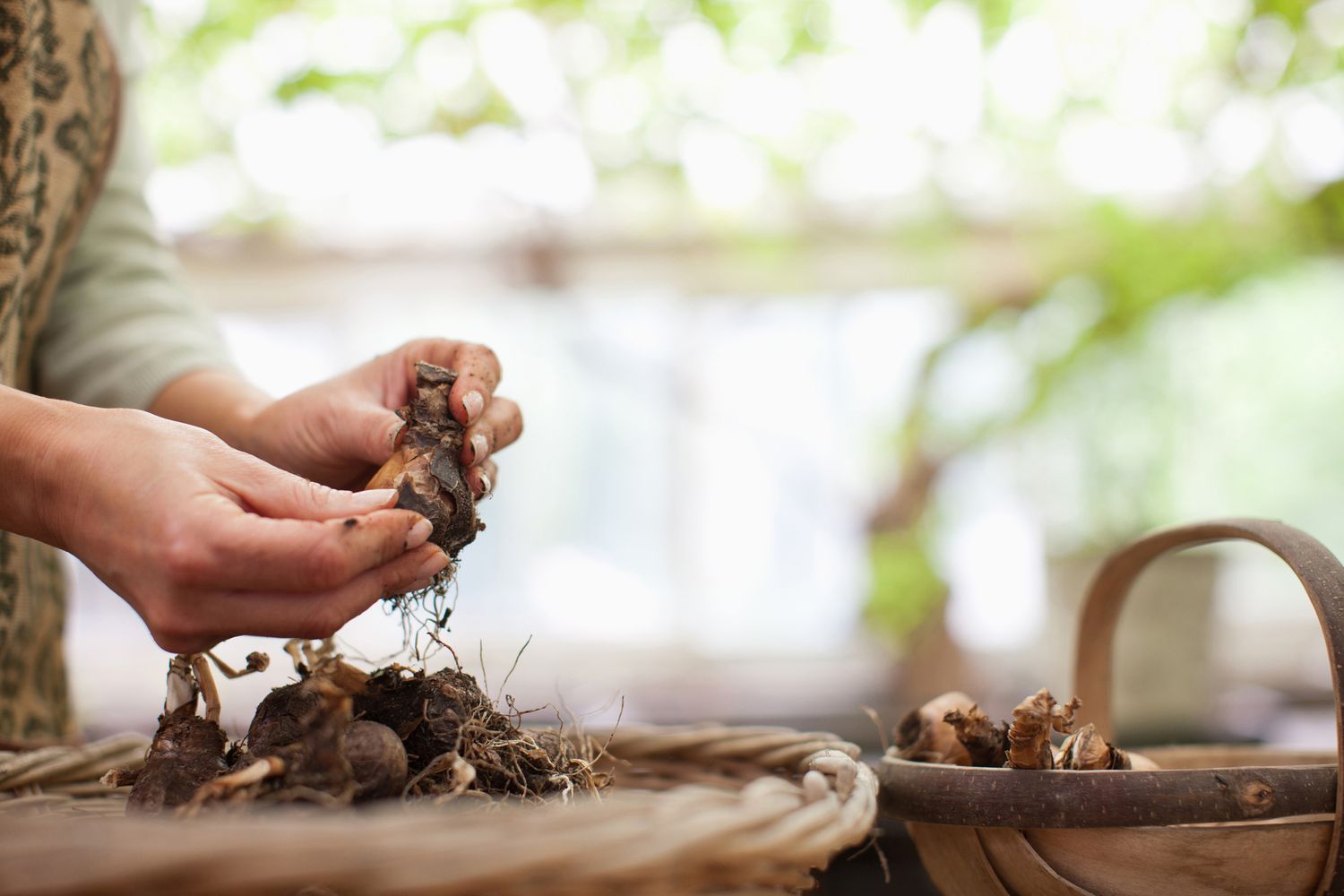
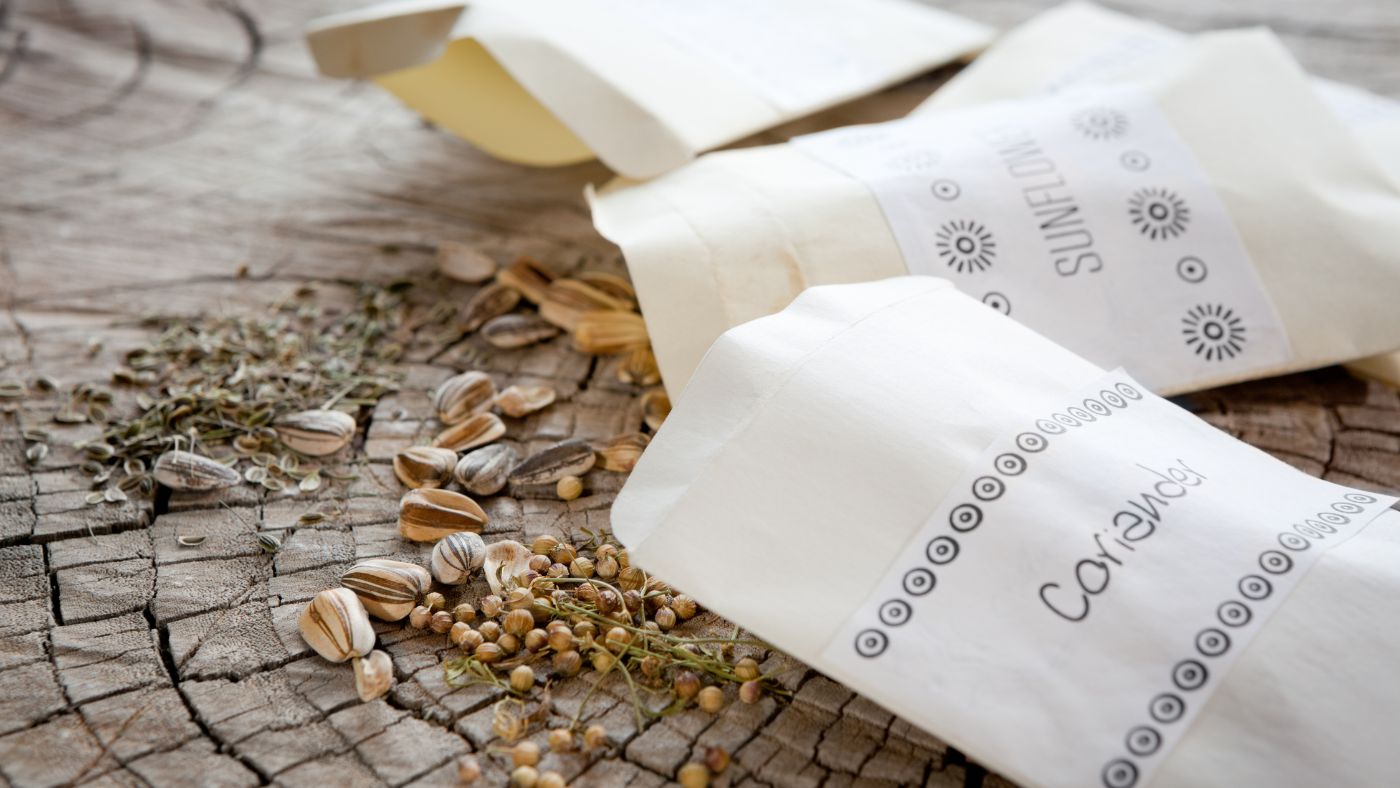
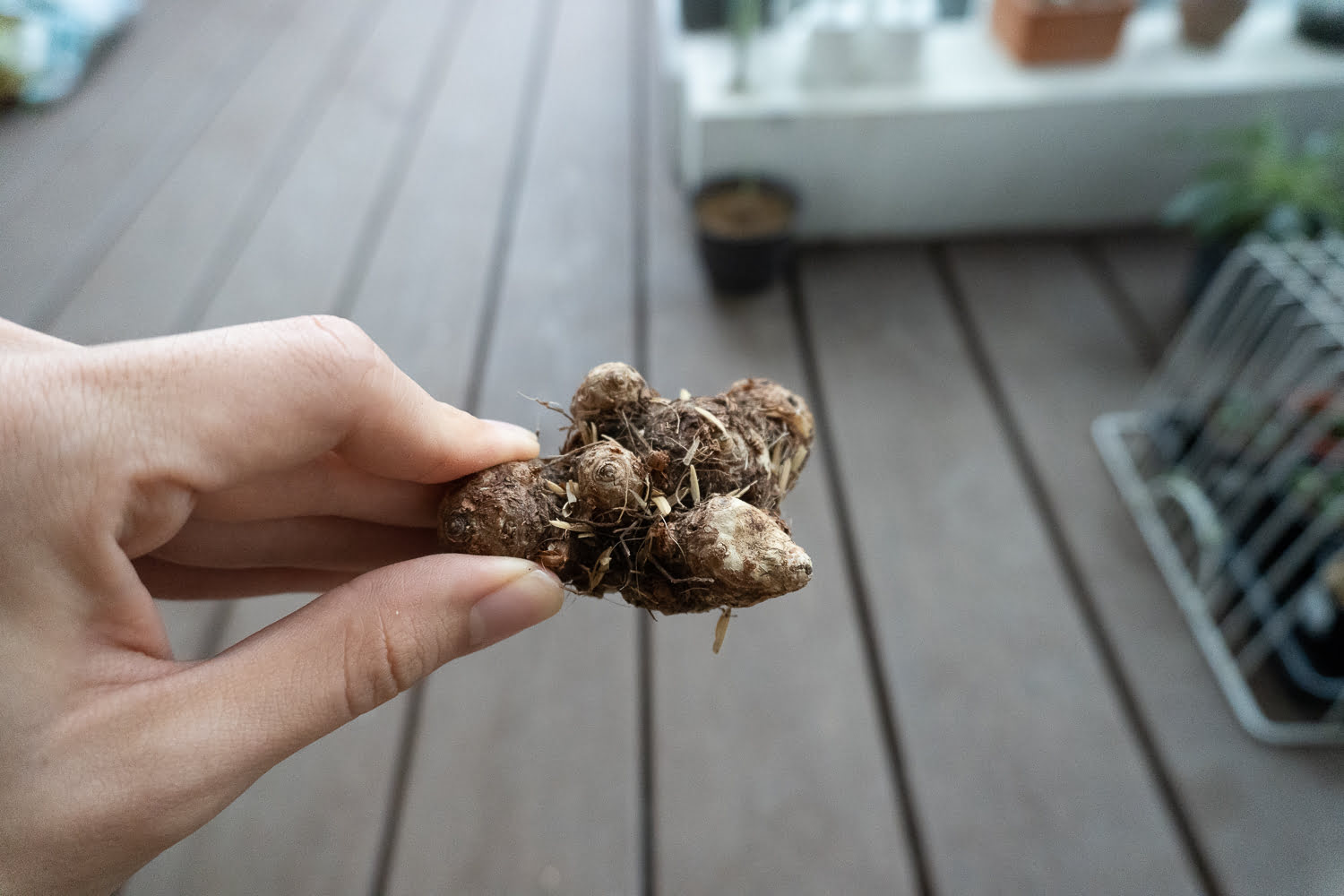
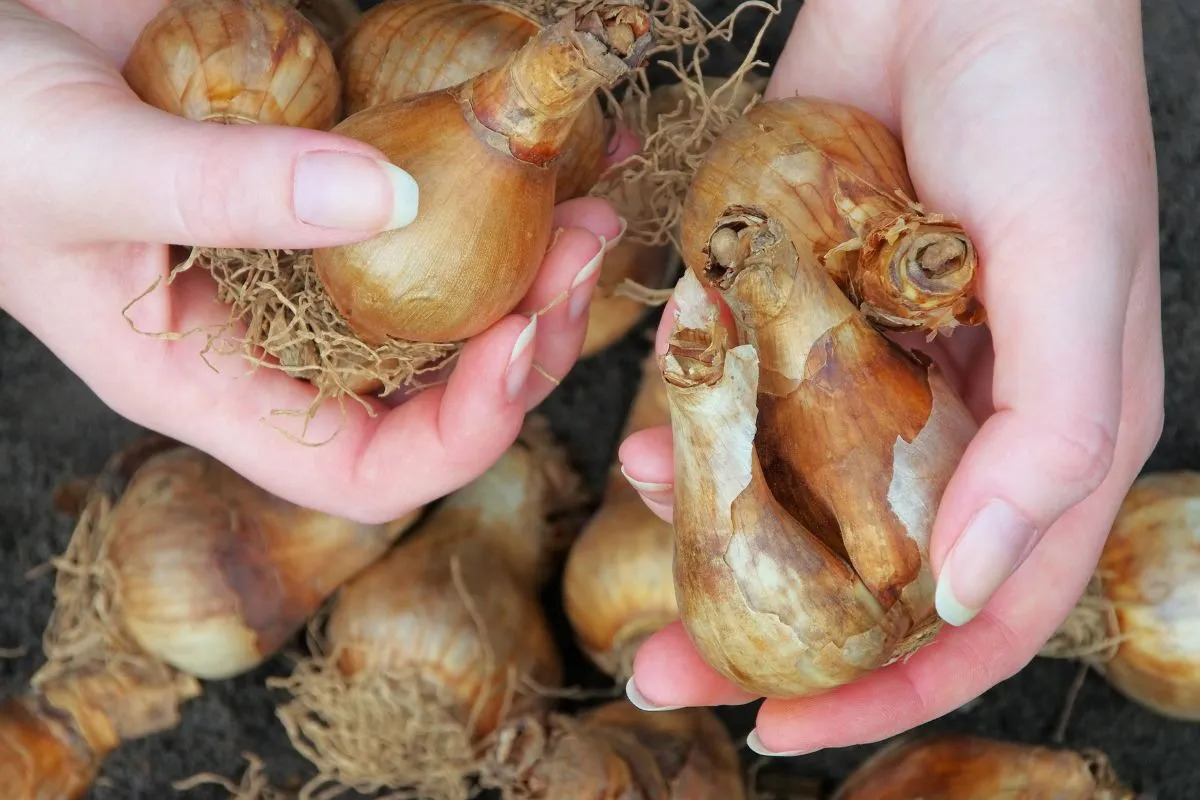
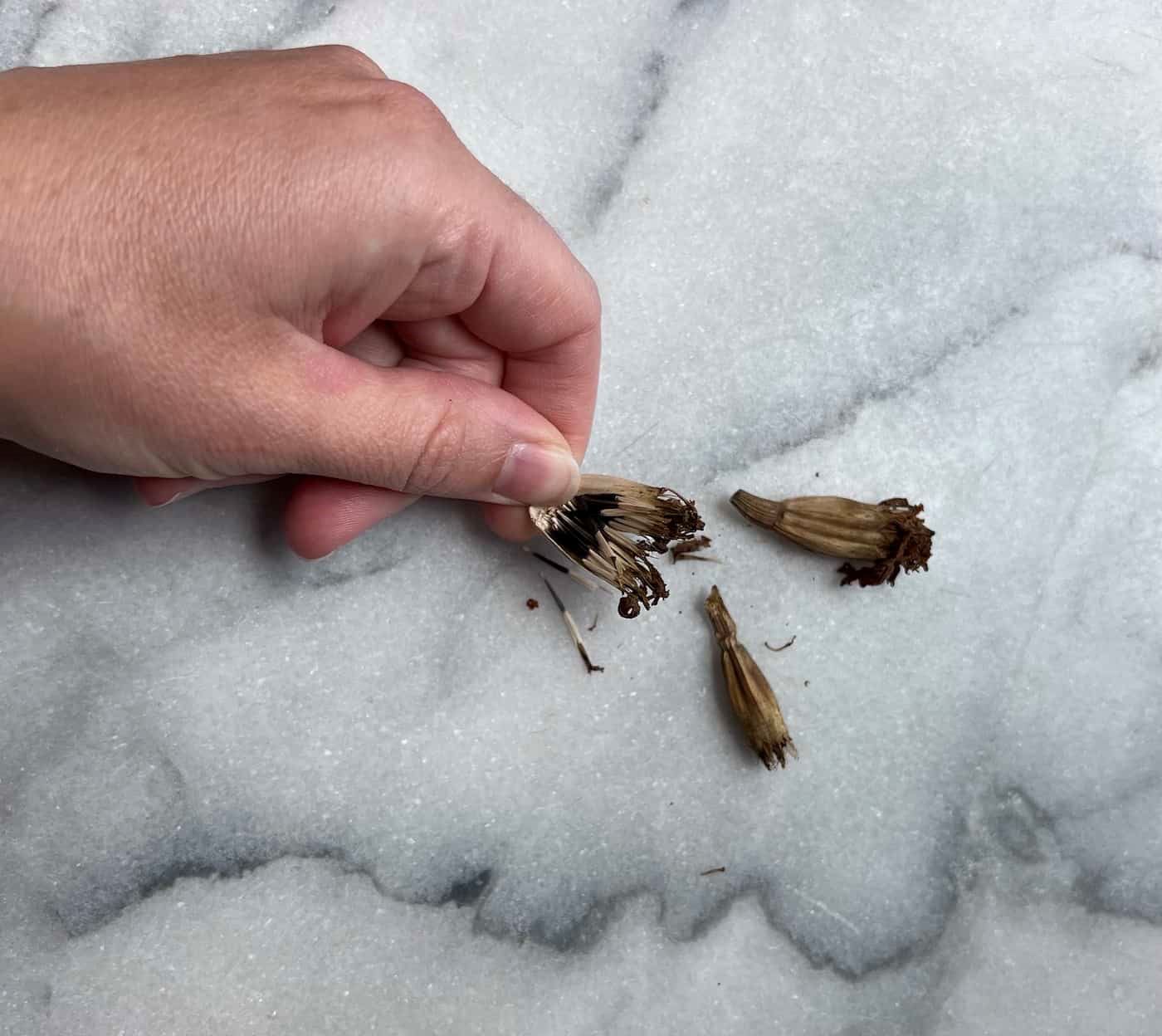
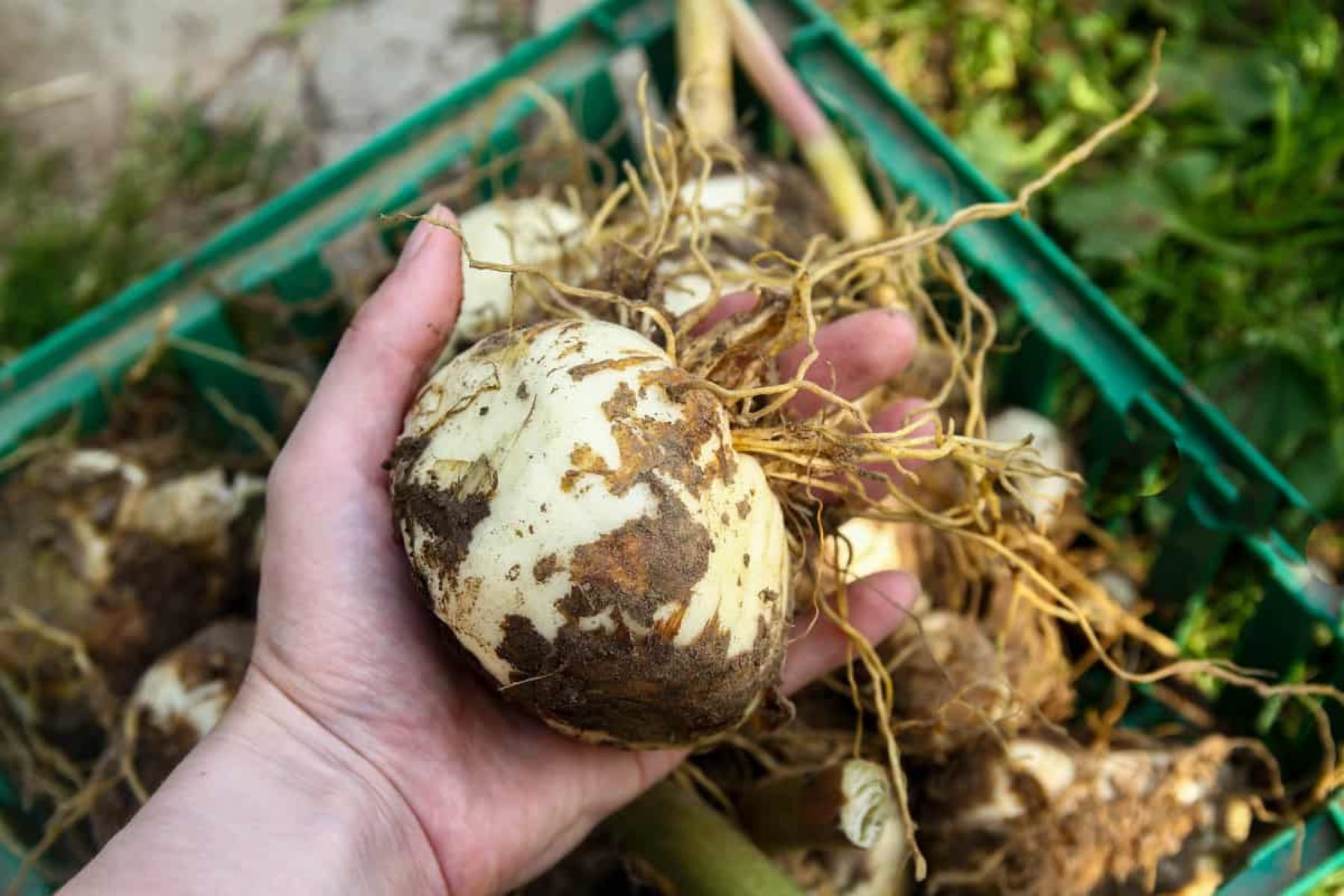
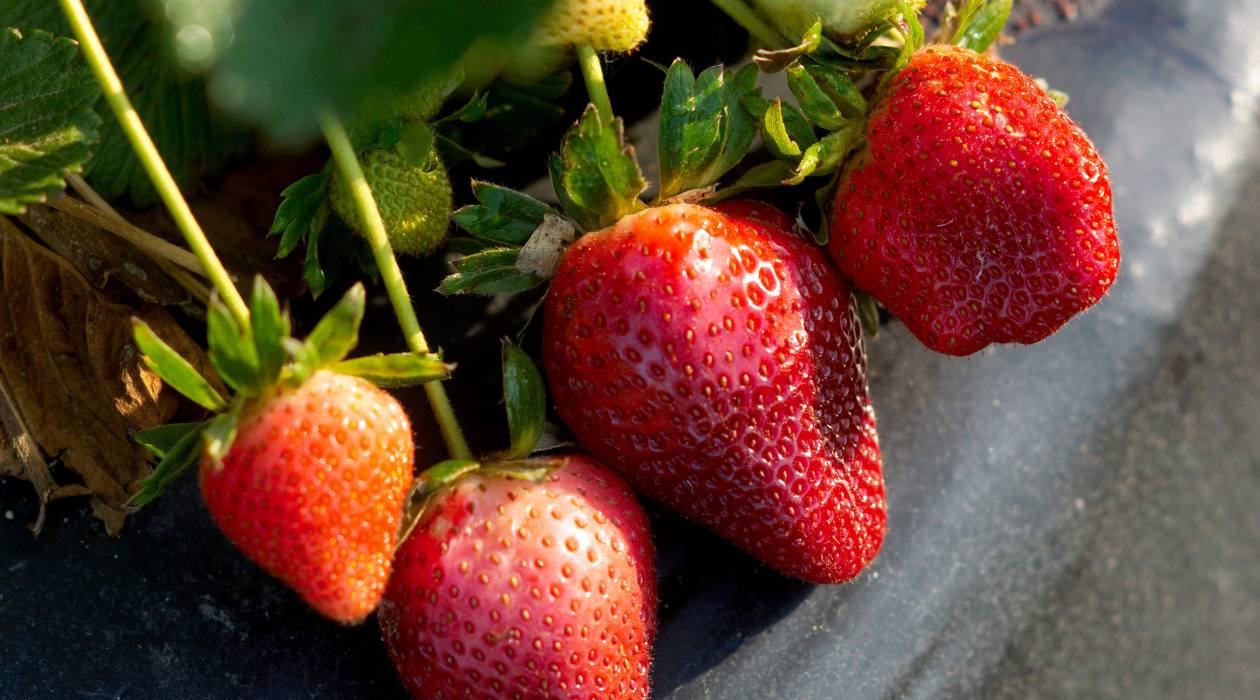
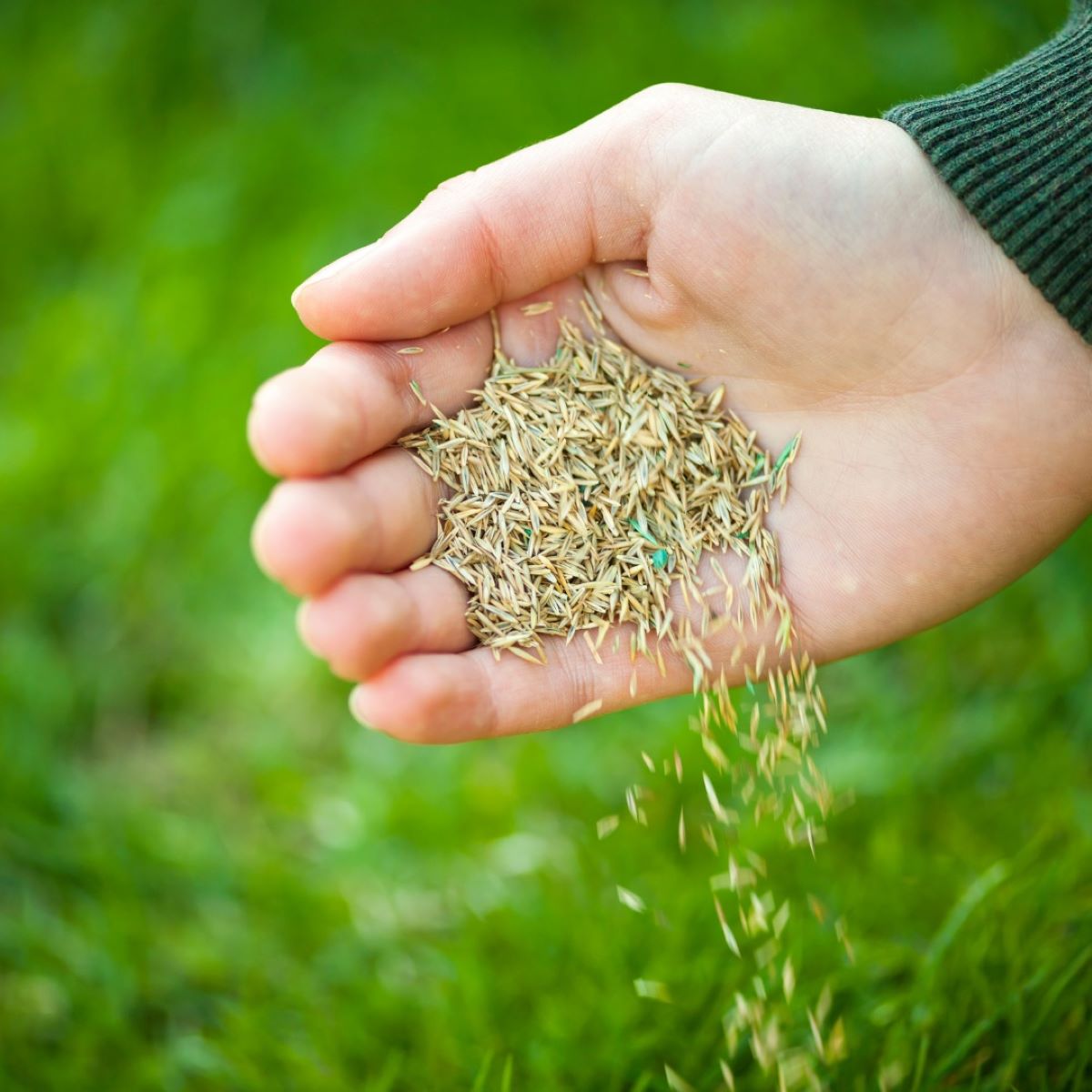
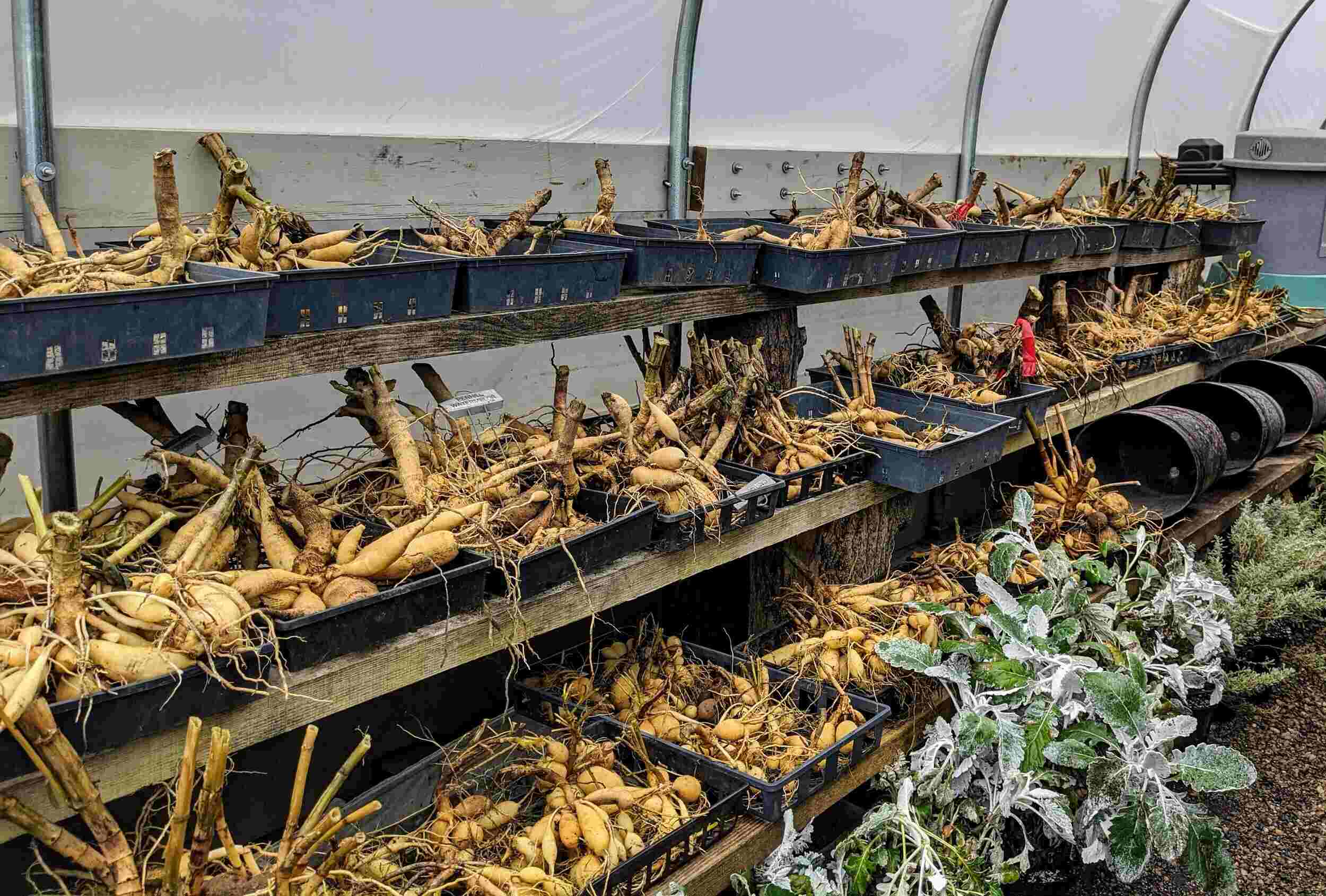
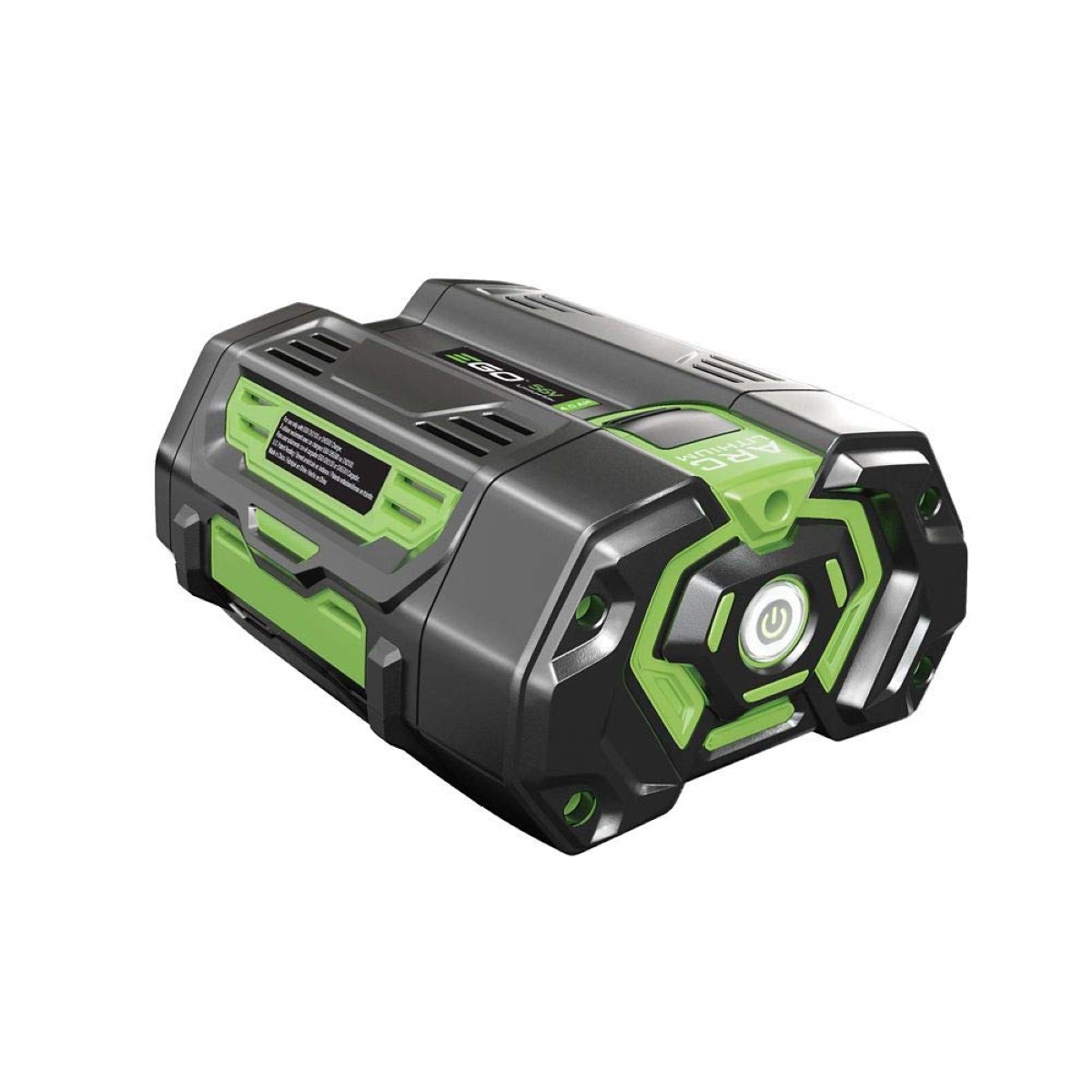

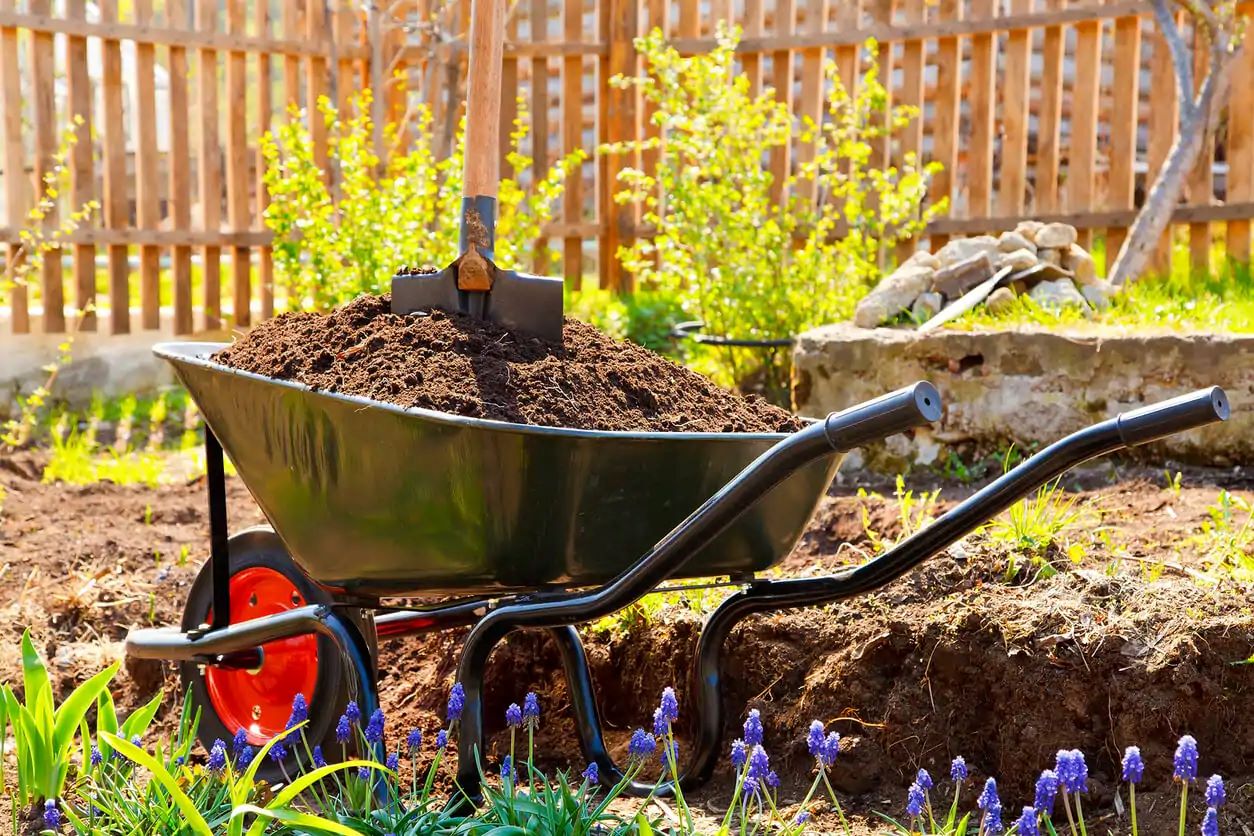
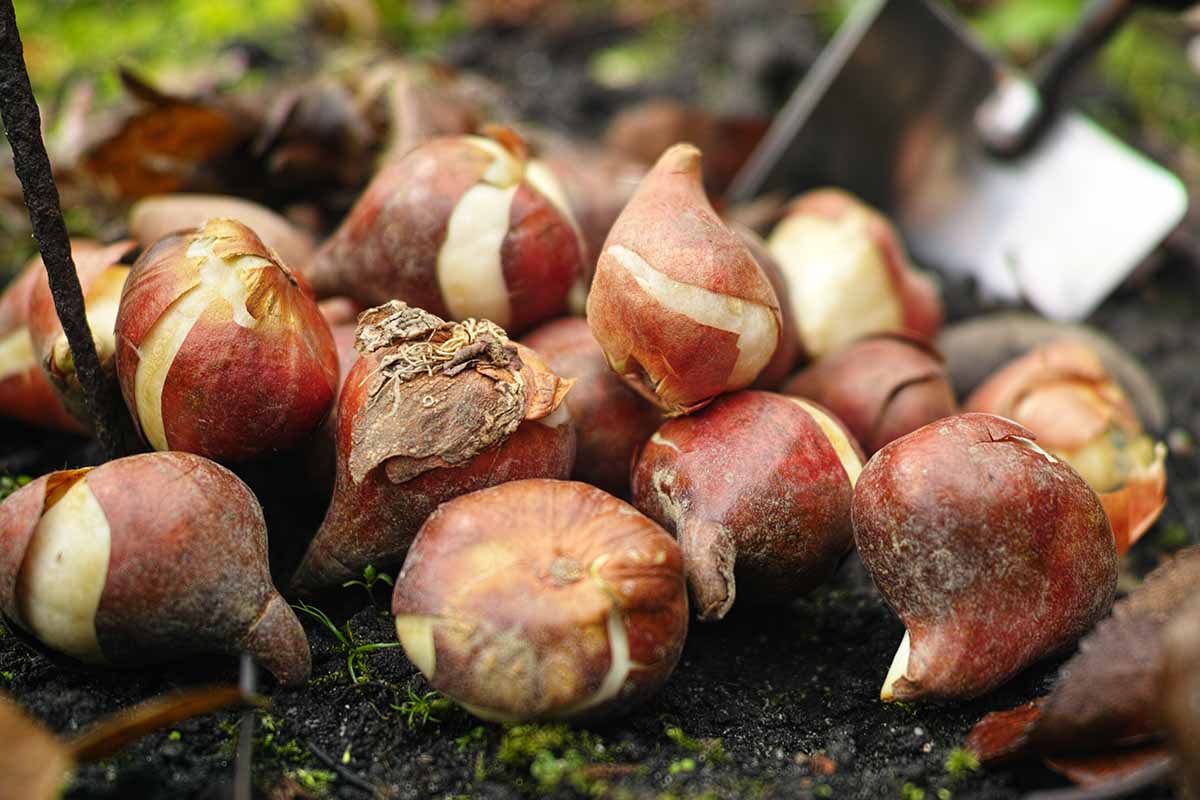
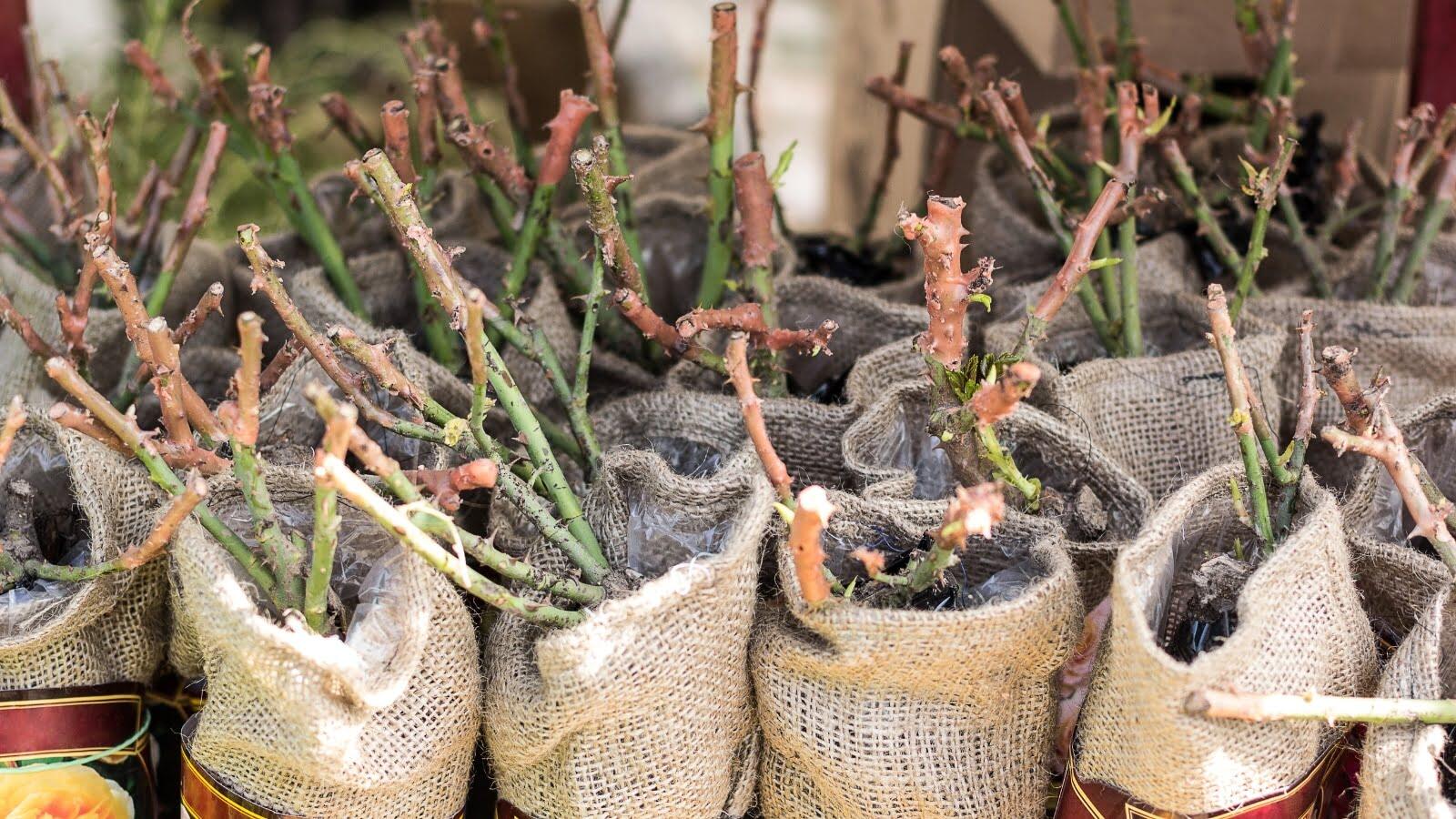

0 thoughts on “How To Store Carrots Over Winter”